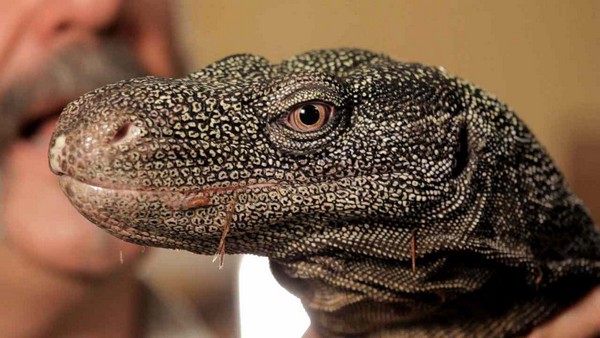 There are people in the world that want to buy alternative animals as pets. Alternative pet animals are those which are either rare or unusual and not kept in the homes for being considered wild. Examples are turtles, big cats like lions and cheetahs (yes people pet lions and cheetahs!) and crocodiles. They have many reasons for keeping these breeds as pets. However, since there is little tendency amongst these species to be domesticated or tamed, attacks on owners and onlookers happen occasionally and are widely sensationalized. These occasions are rare but are frequently brought up by people who oppose the exotic pets trade.
There are people in the world that want to buy alternative animals as pets. Alternative pet animals are those which are either rare or unusual and not kept in the homes for being considered wild. Examples are turtles, big cats like lions and cheetahs (yes people pet lions and cheetahs!) and crocodiles. They have many reasons for keeping these breeds as pets. However, since there is little tendency amongst these species to be domesticated or tamed, attacks on owners and onlookers happen occasionally and are widely sensationalized. These occasions are rare but are frequently brought up by people who oppose the exotic pets trade.
Why would people want exotic pets? There are general reasons like helping the wildlife and rare species breed, grow and survive and other reasons like learning experiences. Yet the most interesting reason is more related to the human psyche like ego and ostentatiousness. People take pride in owning pets that others don’t especially if it comes with a big price tag. Below are ten exotic pets that are dangerous, sometimes murderous but still it is legal to keep them as pets. After all, if cats can be domesticated- why not these? (that’s another reason such pet owners give and the writer of this list doesn’t share this opinion).
Top 10 Most Dangerous Exotic Pets
10. Crocodile Monitor
 This list has not been compiled on how generally ferocious an animal is, rather it is based on how frequently and seriously an animal has ever maimed, killed or injured its owner or anyone else around it. Crocodiles are at the bottom of our list thus, as no one has ever been killed by a crocodile monitor pet that they own. The temperament of these huge reptiles varies from individual to individual. They can grow up to 8-12 feet and require caging that many owners can’t own thus keeping their occurrence as pets relatively low because of high habitation and maintenance cost. Crocs have strong jaws and their bites can be infectious to the extent of causing death if they are not treated properly. The jaw bite can cause deep tissue damage and finger amputation.
This list has not been compiled on how generally ferocious an animal is, rather it is based on how frequently and seriously an animal has ever maimed, killed or injured its owner or anyone else around it. Crocodiles are at the bottom of our list thus, as no one has ever been killed by a crocodile monitor pet that they own. The temperament of these huge reptiles varies from individual to individual. They can grow up to 8-12 feet and require caging that many owners can’t own thus keeping their occurrence as pets relatively low because of high habitation and maintenance cost. Crocs have strong jaws and their bites can be infectious to the extent of causing death if they are not treated properly. The jaw bite can cause deep tissue damage and finger amputation.9. Alligators
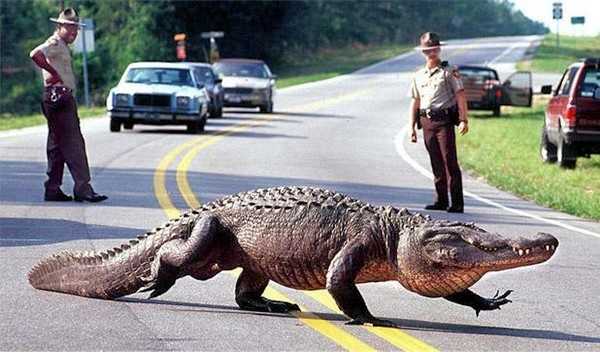 Alligators are cute when they are little but they can eat you when they grow up. All reported deaths caused by alligators have happened in the wild and that too because of the surprise attack by a camouflaged alligator. Alligators do not sneak into your homes and eat your children firstly because they do not chase people and secondly because they don’t view human beings as prey generally. Their attacks are usually defensive. As long as you don’t do something that is obviously silly or stupid, the alligator is not a high risk exotic pet. The handler is at the highest risk of being bitten and the bite force is enormous causing amputation or severing of limbs. There has however not been any fatal alligator attack in the U.S during the last five years.
Alligators are cute when they are little but they can eat you when they grow up. All reported deaths caused by alligators have happened in the wild and that too because of the surprise attack by a camouflaged alligator. Alligators do not sneak into your homes and eat your children firstly because they do not chase people and secondly because they don’t view human beings as prey generally. Their attacks are usually defensive. As long as you don’t do something that is obviously silly or stupid, the alligator is not a high risk exotic pet. The handler is at the highest risk of being bitten and the bite force is enormous causing amputation or severing of limbs. There has however not been any fatal alligator attack in the U.S during the last five years.8. Old world monkeys
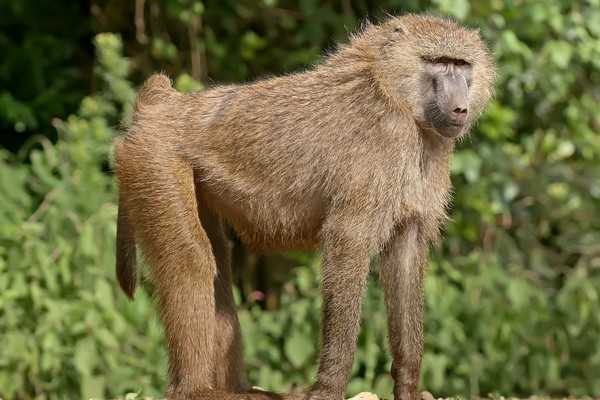 The organization Helping Hands uses Black-capped capuchins with their canines removed, to help disabled people after the monkeys have been trained. Monkeys have canines without exclusion and the remaining teeth after removal can also cause injury. Besides biting, their tantrums can cause serious problems for monkey owners especially when the animal hits sexual maturity. Smaller sized animals are not capable of inflicting large wounds. The most harmful in terms of disease carriers for human beings are the Old World Monkeys. Ever since the import of monkeys for the pet trade has ceased, disease transmission by monkeys has also decreased dramatically. Animals that are bred in controlled conditions and captivity are the safest even though the risk of germ carrying must be acknowledged in these too. The most popular pets in this group are macaques.
The organization Helping Hands uses Black-capped capuchins with their canines removed, to help disabled people after the monkeys have been trained. Monkeys have canines without exclusion and the remaining teeth after removal can also cause injury. Besides biting, their tantrums can cause serious problems for monkey owners especially when the animal hits sexual maturity. Smaller sized animals are not capable of inflicting large wounds. The most harmful in terms of disease carriers for human beings are the Old World Monkeys. Ever since the import of monkeys for the pet trade has ceased, disease transmission by monkeys has also decreased dramatically. Animals that are bred in controlled conditions and captivity are the safest even though the risk of germ carrying must be acknowledged in these too. The most popular pets in this group are macaques.7. Constrictor Snakes
 The danger presented by snakes is often hyperbolic. All large snakes combined have had a ratio of one human killing per year for the past many years. During the 20 years from 1990 to 2010, a total of 10 deaths were reported out of which 6 were committed by pythons. All the victims were either owners or related to the owners. It is not that we appreciate the killings- demise is always sad especially when it happens in such an unforeseen way- but deeming snakes to be immensely dangerous and opposing their adoption as pets outright is something that exotic pets owners and supporters do not agree with.
The danger presented by snakes is often hyperbolic. All large snakes combined have had a ratio of one human killing per year for the past many years. During the 20 years from 1990 to 2010, a total of 10 deaths were reported out of which 6 were committed by pythons. All the victims were either owners or related to the owners. It is not that we appreciate the killings- demise is always sad especially when it happens in such an unforeseen way- but deeming snakes to be immensely dangerous and opposing their adoption as pets outright is something that exotic pets owners and supporters do not agree with.
Burmese Pythons infest the Florida Everglades and roam in the wild. Large sized snakes are not recommended for those just beginning with them as pets. Sleeping children, pets and even adult humans are at risk when large snakes escape their enclosure so the problem is not the snake but the negligence.
6. Wolfdogs
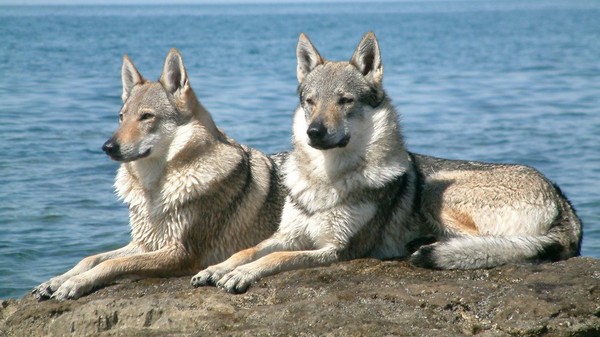
In our society, Wolfdogs are more dangerous than pure wolves probably because they are a mix of wolves and dogs and we do not know which traits will present themselves dominantly. What we do know is that Wolfdogs are natural pack animals like lions and cheetahs. They will tend to accept positions of subordination with ease. The Wolfdog is independent like its wild counterpart and also has no fear of humans- like dogs. This can generate unpredictable behaviour but the tendency of biting is reduced when it gets a lower position in the hierarchy i.e, it realises the master and pet relationship. Attacks are likely to remain uncommon if the Wolfdogs are given adequate space, training and other mandatory care by their owners. When Wolfdogs move in packs, the risk increases greatly.
5. Elephants
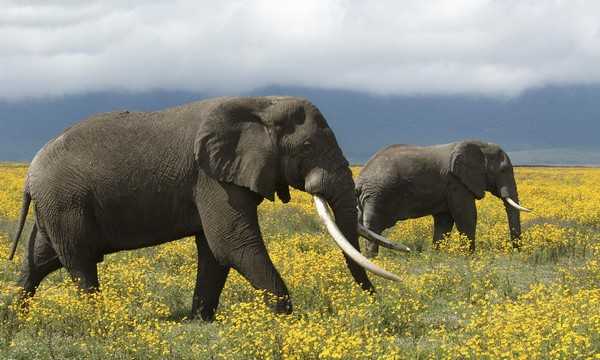 Even if these animals are calm, they are big enough to cause damage even if it is by accident. Elephants are the largest of land mammals- and the largest of all animals by size. If spooked, it is likely to harm or kill anyone in close range which is why it is extremely important that a trained professional takes care of it. Still, elephants have a mind of their own despite being vegetarian and there have been reported intentional killings of owners by elephants. Some zoological centres have made protected contact with elephants mandatory while circuses still make use of the old, traditional style bullhook to control the big mammal. Besides exhibitionists and circus workers, elephants are not often kept as private pets. There have thus been no deaths due to elephants recently.
Even if these animals are calm, they are big enough to cause damage even if it is by accident. Elephants are the largest of land mammals- and the largest of all animals by size. If spooked, it is likely to harm or kill anyone in close range which is why it is extremely important that a trained professional takes care of it. Still, elephants have a mind of their own despite being vegetarian and there have been reported intentional killings of owners by elephants. Some zoological centres have made protected contact with elephants mandatory while circuses still make use of the old, traditional style bullhook to control the big mammal. Besides exhibitionists and circus workers, elephants are not often kept as private pets. There have thus been no deaths due to elephants recently.4. Snakes with Venom
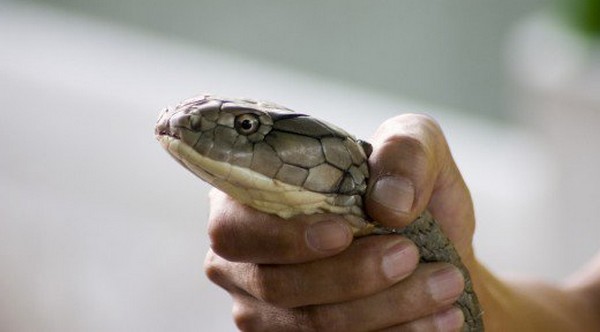 There is a difference between venomous and poisonous. One bite by the venomous snake is likely to send you to the hospital but often it is not lethal. The handling of venomous snakes requires years of training and and experience because of the obvious danger that they present. Many venomous snakes are bitey out of habit. However even the least deadly venomous snake, the copperhead, will lead the victim to acquire medical attention after the bite. Since they are legally acquirable in many states, even inexperienced handlers have access to them- which is where the problem lies.
There is a difference between venomous and poisonous. One bite by the venomous snake is likely to send you to the hospital but often it is not lethal. The handling of venomous snakes requires years of training and and experience because of the obvious danger that they present. Many venomous snakes are bitey out of habit. However even the least deadly venomous snake, the copperhead, will lead the victim to acquire medical attention after the bite. Since they are legally acquirable in many states, even inexperienced handlers have access to them- which is where the problem lies.
Venomous snakes pose a danger to their handlers or people who live with them. But if they escape their confinement, they are most likely going to join their mates in the wild and will rarely be of danger to the public.
3. Big cats
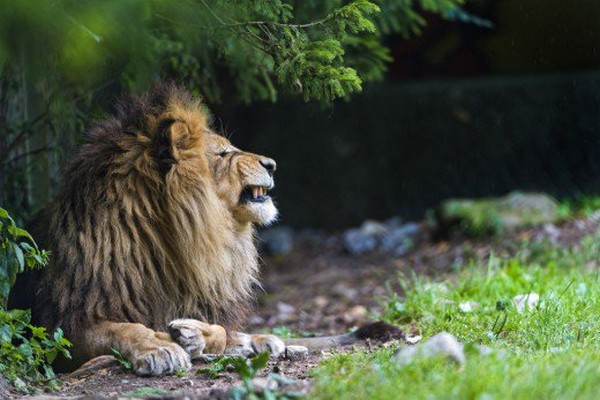 Big cats can and have eaten people. Cheetahs are not included in the big cats as we talk about the lion, leopards, jaguar, mountain lions and tigers. The victim that is attacked is usually the owner or the caretaker. When an incident like this happens, it makes an exciting news story because it happens rarely and carries the novelty appeal. Amongst all the big cats, the most dangerous ones are the leopards as they are not social and very powerful.
Big cats can and have eaten people. Cheetahs are not included in the big cats as we talk about the lion, leopards, jaguar, mountain lions and tigers. The victim that is attacked is usually the owner or the caretaker. When an incident like this happens, it makes an exciting news story because it happens rarely and carries the novelty appeal. Amongst all the big cats, the most dangerous ones are the leopards as they are not social and very powerful.
People who handle and keep big cats generally gravitate towards lions and tigers because they tend to respond to training at a far better proportion than leopards. A big cat that is improperly trained is a risk to both the handler and the people around it. Amongst the captive big cats, tigers happen to be the most commonly kept. And this is why most of the attacks have been committed by tigers.
2. Bears
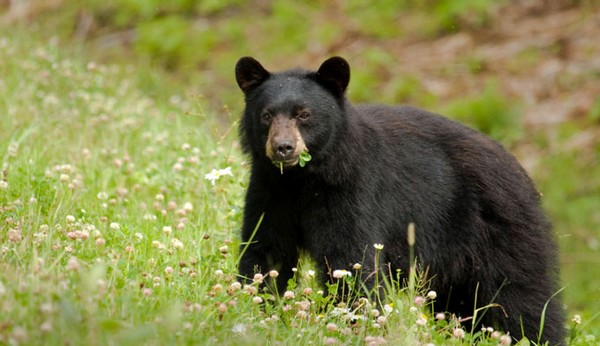 We place bears above big cats in our list because they are dexterous, omnivorous and more opportunistic. They are most intelligent animals. Their interests in meat are like those of the big cats. But, bears have frequently approached humans for a change in taste. Both pet and wild bears have been reported to have broken into homes. The most frequently kept type of bears is the black bear. Once a bear escapes its owner, it poses a danger to the general public too- unlike the feline creatures that have a tendency to escape into the wild. Polar and grizzly bears are rare which is likely the reason for the black type being the most popular amongst bear owners. Bear dancing is a popular street entertainment in South-east Asia. Bears have also been central in film making in movies such as “The Edge”.
We place bears above big cats in our list because they are dexterous, omnivorous and more opportunistic. They are most intelligent animals. Their interests in meat are like those of the big cats. But, bears have frequently approached humans for a change in taste. Both pet and wild bears have been reported to have broken into homes. The most frequently kept type of bears is the black bear. Once a bear escapes its owner, it poses a danger to the general public too- unlike the feline creatures that have a tendency to escape into the wild. Polar and grizzly bears are rare which is likely the reason for the black type being the most popular amongst bear owners. Bear dancing is a popular street entertainment in South-east Asia. Bears have also been central in film making in movies such as “The Edge”.1. Chimpanzees
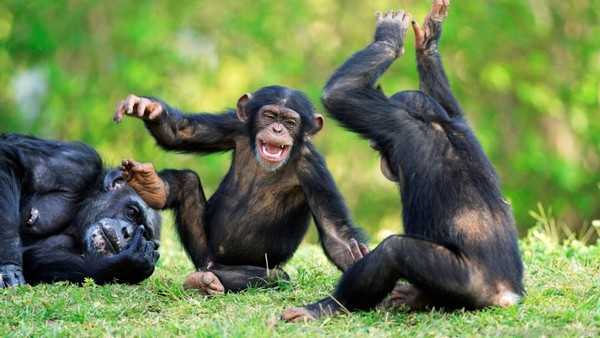
Why did the doctor keep his chimpanzee hidden in Planet of the Apes if it was a legal pet? Chimps are intelligent animals with their DNA count being closest to human beings. Their intelligence and cognitive skills are nearly at par with humans. That is why it is hard to tell what might be going on inside the brain of a chimpanzee. They take the top position on our list of exotic pets that are dangerous yet legal because of being the least dangerous.
There have been no reported fatalities for which the chimp is to be blamed, during the recent years. If they encounter people who have no idea of how chimpanzees behave, it can be problematic. Also, as they reach sexual maturity by the age of 7- they tend to be dangerous because of natural needs. They tend to attack body parts like nose, fingers. And, they do not allow the victim to run away- as they enjoy the playing. This makes the damage extensive even though all reported victims of attack have survived.
What is of importance here is that humans need to understand that animals are animals. They have certain innate characteristics of which attacking might be one. There is a reason why they are called “wild” while the others have been named “tamed and domesticated”

0 comments:
Post a Comment